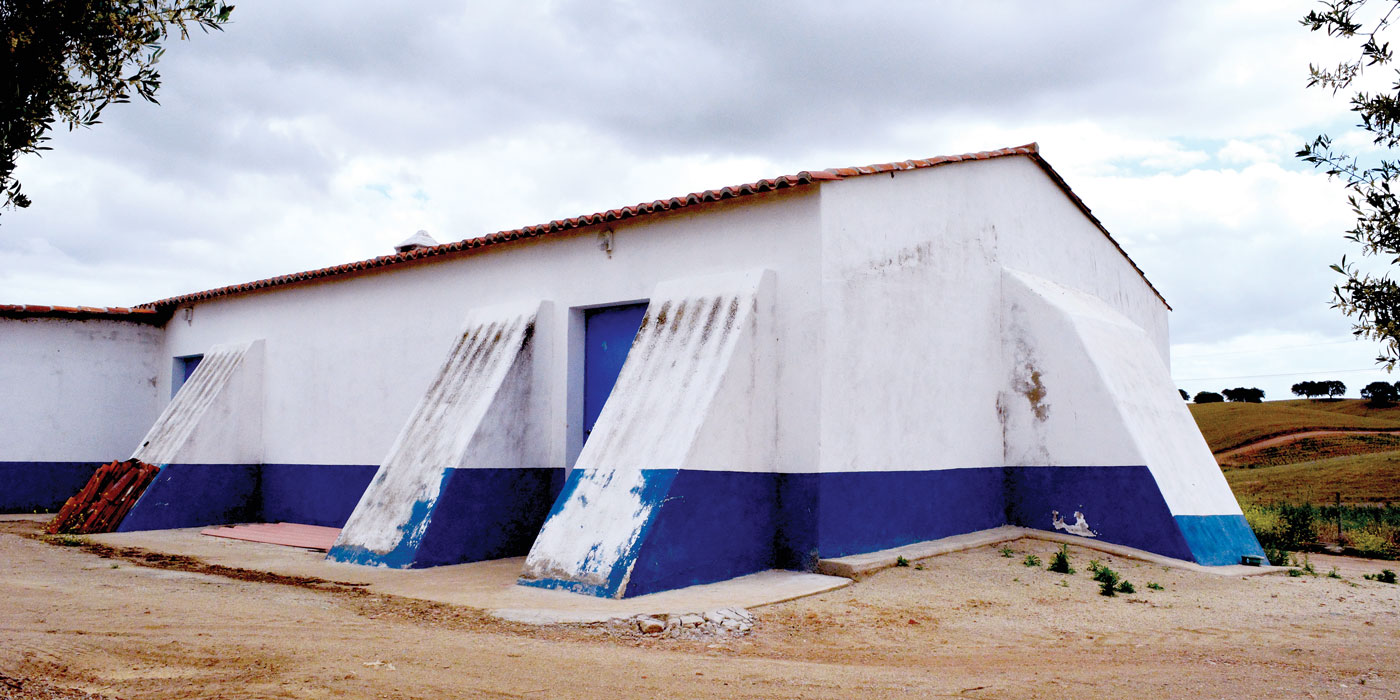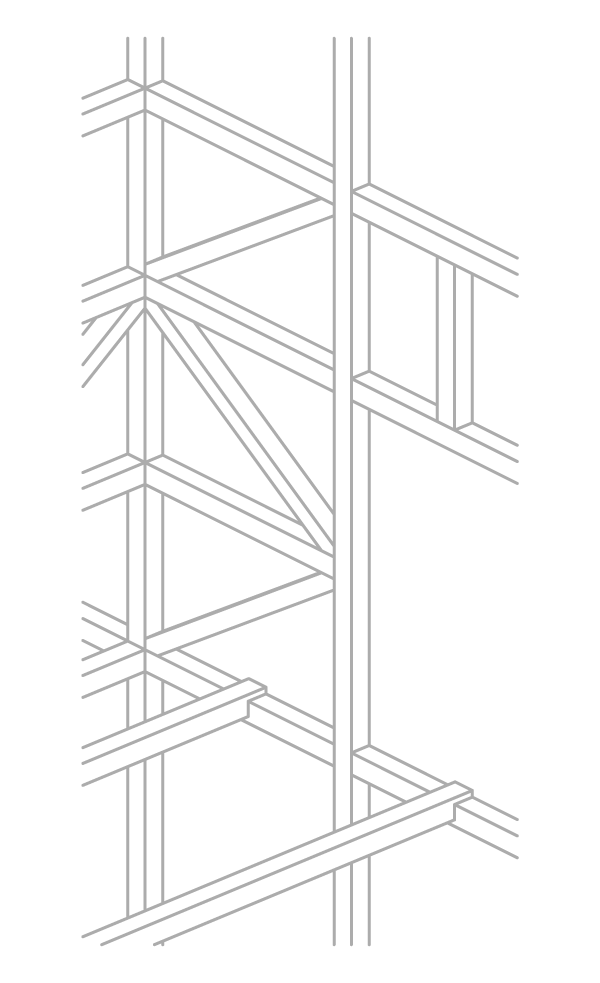The historic seismic activity of the Ribatejo is characterized by high intensity events, particularly the earthquakes of 1531, 1909 and 1914. The region is located in the high-risk zone of the Tagus Lower Valley Fault (Vale Inferior do Tejo).
Benavente emerged as a case study due to the occurrence of three earthquakes of great intensity, with a nearby epicentre. The earthquake of 1909, in particular, caused significant destruction throughout the county. The type of houses created after the 1909 earthquake, consists of single storey building with a gabled roof, rectangular floor plan, elongated and uniform.
Constructively, the structural parameters turn to the front wall system, are executed with an internal wooden cage filled with stone masonry or adobe, composing a simpler version of the ‘gaiola pombalina’. The backyard walls produce an extension to the structural walls, contributing to the structural solidarity of the whole.
Coruche is located in an area of relevant seismic activity, although with moderate impact. The identified buildings are essentially rural in character, with a single storey and gabled roof. The buildings have reduced dimensions, with uniform rectangular floor plans. The buildings are aligned side-by-side in a long row.
Constructively, the exterior walls of the buildings are in stone masonry or in solid brick. The interiors walls are in brick or adobe masonry; or in wattle and daub (‘tabique de caniço’). The most significant seismic-resistant element is the buttress, with frequent but irregular application; usually, it was applied to the masonry facade, on the outside corners of the building, at the end of the residencial rows.
- Cage System
- Horizontal Reinforcement
- Buttress
- Stone bench
- Reinforced Corner
- Reinforced Jambs
- Tie-rod







